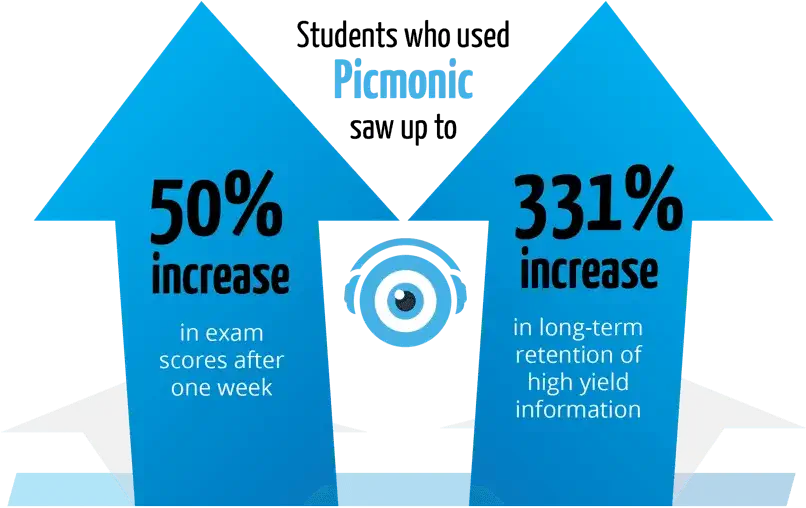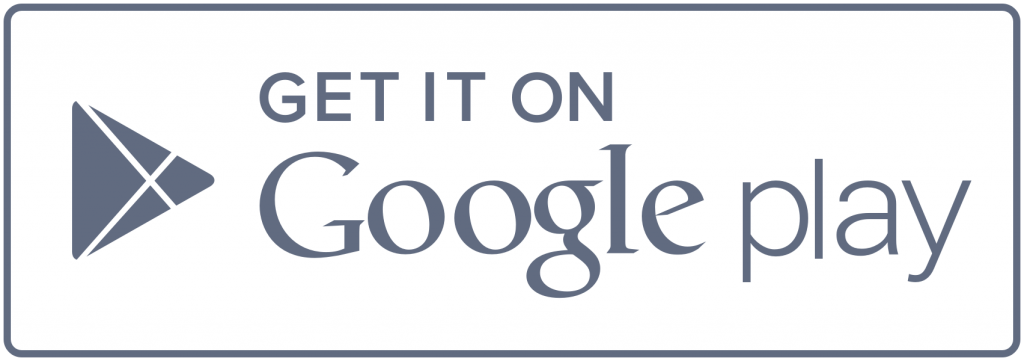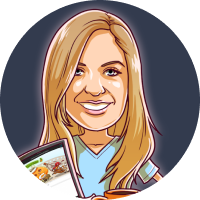Finishing nursing school is a great accomplishment, and you should be more than proud of yourself for getting here. While the finish line is in sight, there’s just one thing in your way—the HESI or ATI exit exam! While you can try to figure out how to pass nursing school exit exams on your own, we recommend starting with these three test-taking tips and strategies we’ve compiled for each test. Let’s start with the ATI exam!

ATI Tip 1: Plan your exam day
Preparing for your exam day goes beyond just a good study schedule and organized space. Whether your ATI exam day is three months or three weeks away, planning out your exam day will significantly reduce testing anxiety and help you pass the ATI exam. Write down your ATI exam’s location, length, and any rules that are important to remember. Plan accordingly for your exam break too.
ATI Tip 2: Act like you’re studying for the NCLEX
If the ATI is determining your likelihood of passing the NCLEX, why not start studying for it early? Grab your NCLEX study materials and tools and take a crack at them. The truth is, both the ATI and NCLEX are intimidating exams. While they’re structured differently, they cover the same topics that encapsulate your entire nursing school career. If you study for the ATI like you’re studying for the NCLEX, you’ll be more than prepared and ready to pass.
ATI Tip 3: Skip the books
Nursing books are great at covering all the need-to-knows of nursing school, but their lengthiness may not be all that convenient when you’re a busy nursing student. And they can cost a pretty penny! The truth is, you’re better off using a razor-focused study approach for the ATI. Skip the books this time.
How to answer ATI questions

Your ATI test-taking strategies shouldn’t stray too far from your traditional exam-taking strategy. The ATI exam is a standardized test, but you should always take your time reading each question with care. This includes looking for keywords, considering each answer, and reviewing the question before you move on to the next.
Use Picmonic to study for and pass the ATI Exit Exam
Picmonic helps nursing students learn, recall, and comprehend important subjects throughout their nursing school careers. In addition, Picmonic helps nursing students prep for exit exams like the ATI and HESI, as well as the NCLEX. With daily quizzes, picture mnemonics, study guides, and more, Picmonic offers everything you’re looking for in a study tool to help you pass the ATI exit exam.
Learn how to pass your nursing exit exams with Picmonic today.
If your nursing school has the HESI exit exam, you can use the tips above and below to start studying and preparing to pass the HESI exit exam.
HESI Tip 1: Focus on complex topics
If you’re confident and excel in a few nursing subjects, great! You should spend less time studying those areas and spend more time with areas you struggle with. A refresher is always a good idea, but spending your study time wisely will maximize your chances of comprehending and recalling your nursing topics to pass the HESI.
HESI Tip 2: Make a question bank
The HESI is a multiple-choice exam. It also has NCLEX-style questions such as fill in the blank, drag and drop, and select all that apply. Using an NCLEX question bank will help you begin answering HESI and NCLEX-style questions critically, thus improving your chances of passing the HESI the first time (plus extra prep for the NCLEX).
HESI Tip 3: Take a practice exam

Reflect on your past exam experiences. What did you struggle with the most? Were you prepared enough? Did the environment make it harder to take your exam? Take a HESI practice exam to get a feel for your testing day and what the exam will be like. Use your performance on the exam to determine which areas you need improvement in and work from there.
How to answer HESI questions
Like the ATI exit exam, you’ll want to read each question carefully, look out for keywords, consider each answer, and review the question one more time. With select all that apply questions, your answer must be completely true and at least two answers need to be chosen. Don’t dwell on your answers–if you doubt yourself, you may end up getting the question wrong.
Use Picmonic to study for and pass the HESI exit exam

Picmonic is a nursing study tool you need to help you pass the HESI exit exam and it’s a great HESI LPN study guide. With over 1,200 picture mnemonics covering over 13k nursing facts, you can prepare to pass your exit exam and the NCLEX with flying colors. Picmonic has easy-to-use features like daily quizzing, study guides, multiple-choice questions, personalized playlists, and more for you to learn on the go and get ready for the HESI.
Use Picmonic to study for the HESI or ATI exit exam.

Nursing Exit Exams: Answering the What’s and How’s
Get all the answers to your most faqs for the ATI and HESI exit exams.
What is the HESI exit exam?
The HESI exit exam is an exam produced by Health Education Systems Incorporated. HESI exit exams help nursing students and their schools determine if they are prepared to pass or fail the NCLEX. For nursing schools, passing the HESI exit exam is a graduation requirement.
What subjects are on the HESI exam?
The HESI exam covers the entire nursing curriculum including the nursing process, client needs, and specialty areas.
The nursing process includes assessment, planning, implementation, and evaluation. Client needs include infection control, basic care, health maintenance and promotion, care management, and safety. Specialty areas include geriatrics, pediatrics, psychiatric care, and critical care.
How many questions are on the HESI Exam and how long is it?
The HESI exam is 150 questions long. Test-taking length may vary by school. You can score anywhere from 0 to 95, but most schools require a score of 850+ to pass.
What is the ATI Exam?
The ATI Exam is made by the Assessment Technologies Institute and is used by 70% of United States nursing schools. The ATI exam, like the HESI exam, determines a nursing student’s chances of passing NCLEX on the first try.
What subjects does the ATI Exam cover?
The ATI exam is comprehensive so you can expect it to cover everything you learned in nursing school!
How many questions are on the ATI Exam and how long is it?
The ATI Exam is a total of 180 questions. The exam allows for 3 hours of test-taking time and 5 minutes of break.
What happens if you fail your Nursing Exit Exams?
There are different passing requirements for every nursing school program. Some allow you to retake the exit exam with no limits, and others offer two attempts at the maximum. Check with your nursing program to determine the best plan of action and their requirements.
If you’re struggling with getting “exam-ready” for your nursing exams, HESI, ATI, or board prep, Picmonic is a great way to get all the knowledge you need for the NCLEX® in a way that’s fun and helps you remember way more than a textbook ever could.
Download our mobile app and take Picmonic on the go!
Marlee Liberman, RN, Master Nursing Scholar
As a registered nurse, Marlee understands the struggles that nursing school throws at you – not to mention the overwhelming pressure preparing for the NCLEX®! Marlee brings a unique skill set and perspective to Picmonic with her previous degree in broadcast journalism, her creativity in video production, and her wandering nomad lifestyle. Her blend of talents provides her with the knack for simplifying complicated concepts and demystifying the world of nursing.
















